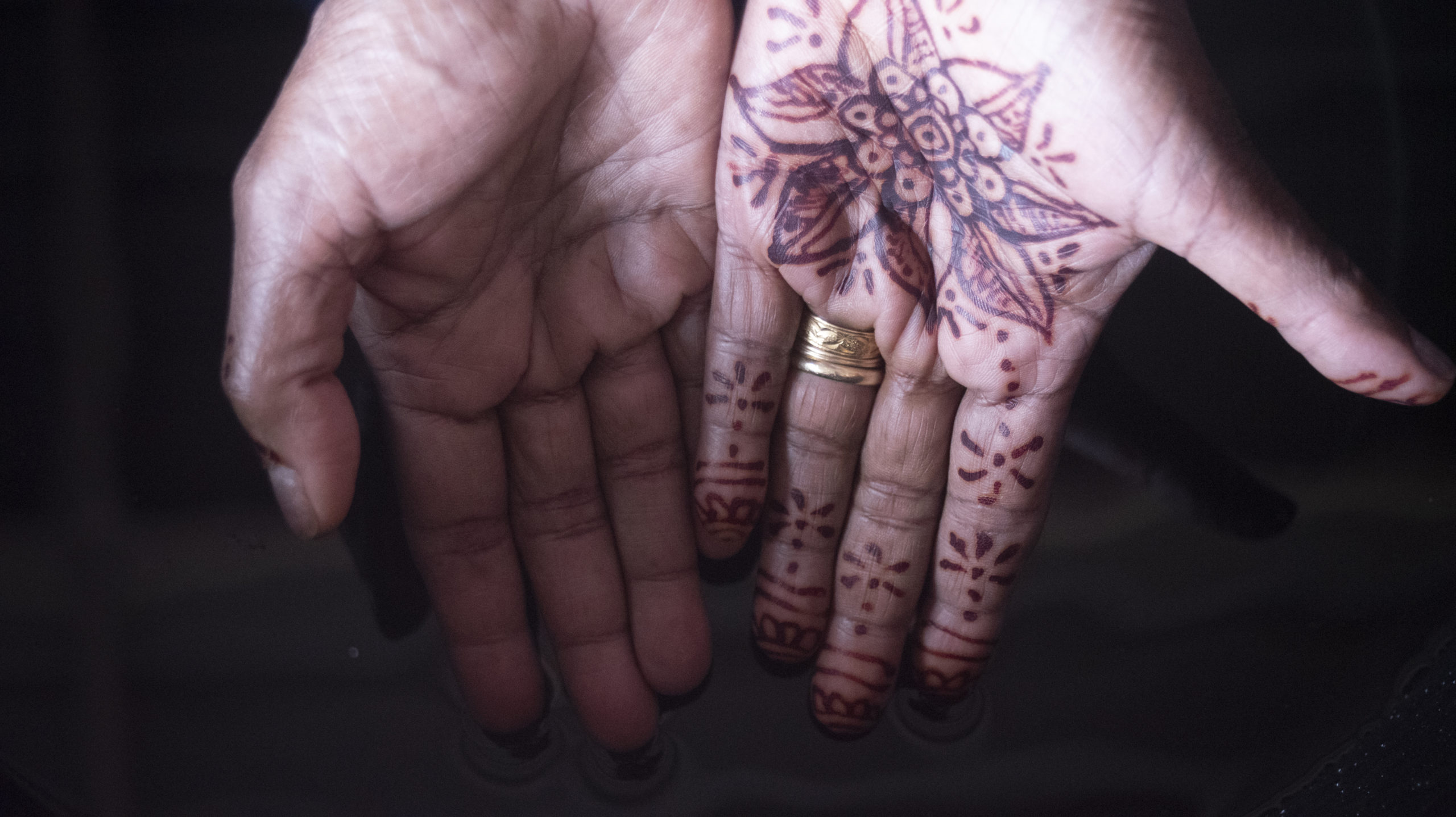
Talanoa (n.)
Shivanjani Lal, Kala Pani, 2017, still [courtesy of the artist]
Share:
This work is an oral history and is best experienced read out loud.
Is it possible to make art in the company of thieves, without becoming a thief, too? Is it possible to use storytelling as a methodology to reimagine history away from the West?
Talanoa is a traditional word used in Fiji and across the Pacific to reflect a process of inclusive,
participatory and transparent dialogue. The purpose of Talanoa is to share stories, build empathy
and to make wise decisions for the collective good. The process of Talanoa involves the sharing of
ideas, skills and experience through storytelling.¹
Talanoa found me during a period of long-term research in India, where I could so easily be folded in. But I wanted to be transparent of my difference; to be explicit about who I am. I wanted to carve out a space for my story and the history of my community: of our removal and finding home in the Pacific. Searching for stories of who, what and where, talanoa urged me to speak things into existence.
Five generations removed, my bloodline has changed. I am a Pacific artist of South Asian descent. I am an anomaly. Neither here nor there, I float between Vanua and Desh, two terms that mean land—one from Fiji and the other from South Asia. Theft took my ancestors across the kala pani, those black waters, erasing our connection to desh, but vanua found us. Empire called this movement of bodies Indenture, slavery’s cousin—people were moved and paid a small sum in return for their labor. To Fijians of Indian descent we call our forebears Girmitya,² those who signed the agreement.
In 2017, I carried with me an image of my girmit Barrii Nanni³ to India, her bure.4 She knots my body to South Asia and to Fiji because she was the one who left. Her body moved across the kala pani, willed by empire to sugar cane fields. She is the beginning of me. The line I follow to return. But where should I go; the motherland of Fiji, or the ancestral motherland of India? Is return even possible?
While talanoa is an Indigenous Fijian word, I use it as a visitor who has been given permission to call Fiji home. In choosing this methodology to create work from, I untie the knots of colonial tethers and tie them to the land that has held and nurtured my family. I tie them to Vanua and Desh. I tie them to the Pacific and Indian oceans.
—
They had birds and fishes under their skin.
Papery and translucent, as though they would dissolve when they slept at night.
Disappearing into their blood only to return in the morning.
I used to trace the lines of initials and flowers, wondering how they got etched onto my grandmothers’ bodies.
It was a comfort to see marks so lived in.
I imagine dark nights and laughter ringing out as their marks were made.
Imperfect and fragile, when I touched them, I felt whole histories.
Shivanjani Lal is a Fijian-Australian artist. Her work uses personal grief to account forancestral loss. Exploring narratives of indenture and migratory histories from the Indianand Pacific oceans,sheusesstorytelling, objects, and video to account for lost histories andcede futures for healing. She receivedthe 2019 Create New South Wales Visual ArtsEmerging Fellowship,andwas a 2020studio artist at Parramatta Artists’Studios and the2020 Georges Mora Fellow. Lal’s work has been shown in Australia, New Zealand, India,United Kingdom, Barbados, and France.